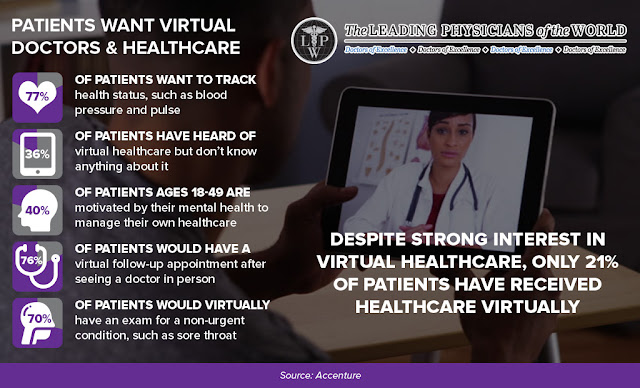Strategies for Promoting Patient Safety

Medical errors may occur in different health care settings, and those that happen in hospitals can have serious consequences. The Agency for Healthcare Research and Quality, which has sponsored hundreds of patient safety research and implementation projects, offers these evidence-based tips to prevent adverse events from occurring in your hospital. Improve hand hygiene compliance The link between dirty hands and the transmission of health care-associated infections has strong backing in epidemiological literature, and the importance of hand hygiene has been touted by the World Health Organization, the Joint Commission and the Centers for Disease Control and Prevention. Yet rates of hand washing are low, averaging 39%, with many doctors and nurses underestimating the activity's safety value.Research shows that effective hand hygiene initiatives improve knowledge of when to clean and how to clean, require demonstration of the knowledge, ensure that alcohol-based rub ...

